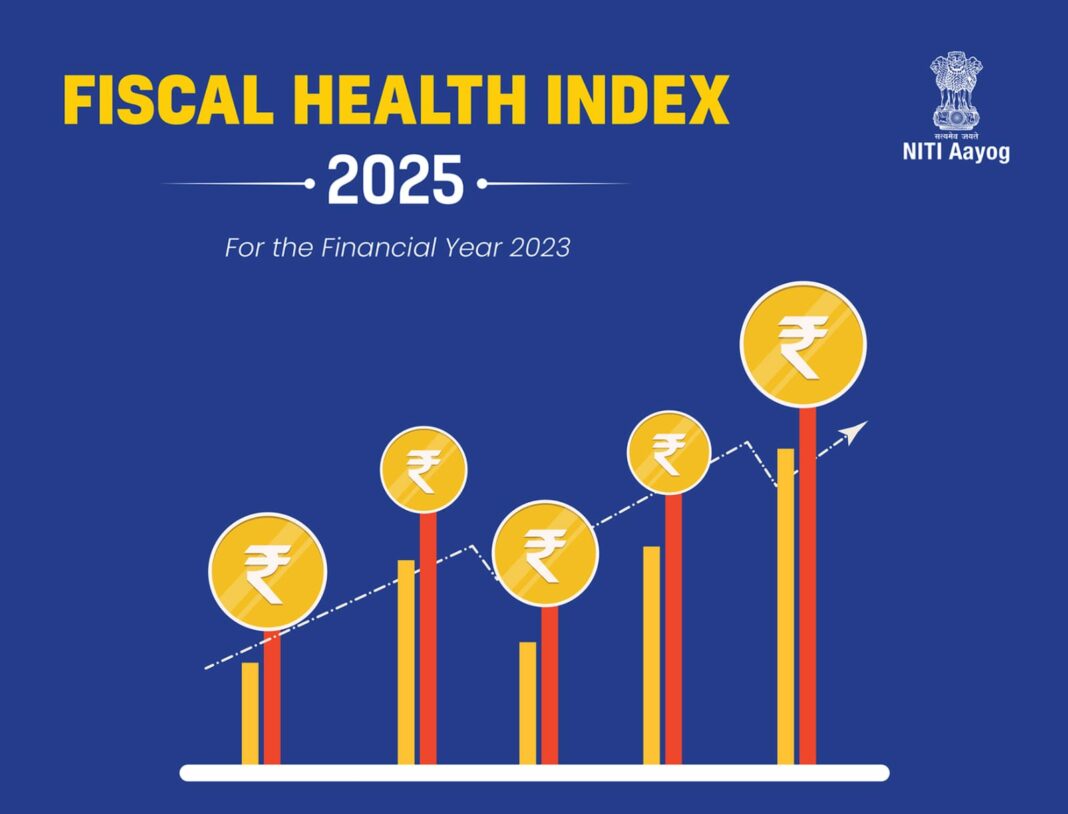Israel and Hamas Conflict – UPSC PRELIMS POINTER
Israel and Hamas Conflict
1. Background of the Conflict: The Israel-Hamas conflict lasted for 15 months, marking a severe military clash between the two sides, primarily between the Gaza Strip and Israel. The conflict began in 2023 when Hamas launched attacks from Gaza, prompting Israel to carry out airstrikes. Subsequently, military confrontations escalated, resulting in significant loss of life and destruction of infrastructure. This conflict also involved other militant groups like Islamic Jihad, exacerbating tensions in the region.
2. Causes of the Conflict: The Israel-Hamas conflict stems from a long-standing dispute between Israel and Palestinian factions, particularly over the Gaza Strip. Key issues include territorial disputes, Israel’s military policies in Gaza, human rights violations, and the status of Jerusalem, which both Israelis and Palestinians claim as their capital. The severe humanitarian conditions in Gaza, with high unemployment, poverty, and restricted freedoms, have further fueled the conflict.
3. The Current Conflict (2024-2025): During the recent conflict, Israel’s military actions caused widespread destruction in Gaza, displacing millions and causing significant casualties. Many buildings were destroyed, and basic infrastructure was severely damaged. The international community, including the United Nations, expressed concern over the humanitarian crisis and human rights violations on both sides.
4. Ceasefire (Ceasefire Agreement): Eventually, in early 2025, a ceasefire agreement was reached between Israel and Hamas. The ceasefire aimed to halt military actions and facilitate humanitarian aid into Gaza, where food and medical supplies had become scarce. The international community, particularly the United Nations and the Arab League, played a crucial role in mediating this ceasefire. However, this ceasefire is not seen as a permanent solution, and long-term peace depends on further political negotiations and agreements between the parties.
Post-ceasefire, both sides have pledged to halt military operations, but the situation in Gaza remains fragile. The reconstruction process in Gaza has started, but political and economic challenges persist, and the region’s future remains uncertain.
5. Current Events: Following the ceasefire, Israel and Hamas have paused military actions, but Gaza remains in a delicate state. Humanitarian aid is being delivered, but much more needs to be done to address the ongoing crisis. International actors, including the United States and European Union, have called for continued peace talks to address the root causes of the conflict and ensure long-term stability. The region remains under intense international scrutiny, and the role of the international community is crucial in shaping the future of the peace process.
Potential UPSC Questions (Prelims and Mains):
Prelims:
- What challenges are involved in implementing a ceasefire in conflicts like Israel-Hamas?
- (a) Military infrastructure
- (b) International intervention
- (c) Local political conditions
- (d) All of the above
- Which of the following is true about Hamas?
- (a) It is a democratic political party.
- (b) It is a terrorist organization banned by Israel and several other countries.
- (c) It is a government-recognized political organization in Palestine.
- (d) It operates as a peacekeeping organization.
Mains:
- Discuss the humanitarian, political, and economic impact of the Israel-Hamas conflict.
- (a) Humanitarian crisis and displacement
- (b) International diplomacy and peace efforts
- (c) Challenges of economic reconstruction
- What steps are necessary to achieve lasting peace between Israel and the Palestinian territories post-ceasefire?
- (a) Conflict resolution mechanisms
- (b) Regional cooperation and mediation
- (c) Protecting human rights and ensuring justice
3. Discuss the role of the international community in establishing peace in the Middle East.
- (a) Role of the United Nations and other international organizations
- (b) Cooperation among regional powers
- (c) Ensuring human rights and justice



 Learn With MS
Learn With MS
Post Comment